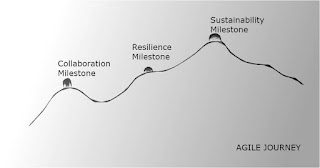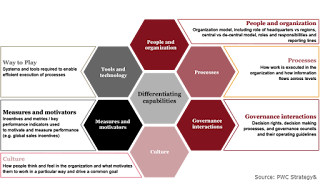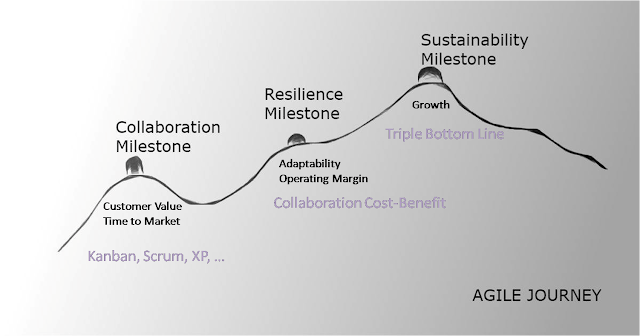The Resilience Milestone

At first sight, resilience appears to be about: the capacity to recover quickly from difficulties; toughness the ability of a substance or object to spring back into shape; elasticity To use a boxing analogy, the definition of resilience appears to suggest that the organization gets hit, goes down for the count, then manages to get up at the count of eight and get back into the fight. Is it just that? From all literature, it appears that this is the most common understanding. It is also most visible in IT strategy where a lot of investment dollars are spent in securing business continuity in case of a disaster. We live in an era where complexity and ambiguity is the norm. Globalization, new technologies, and greater transparency have combined to upend the business environment and give many CEOs a deep sense of unease. Since 1980 the volatility of business operating margins, largely static since the 1950s, has more than doubled, as has the size of the gap between winn



